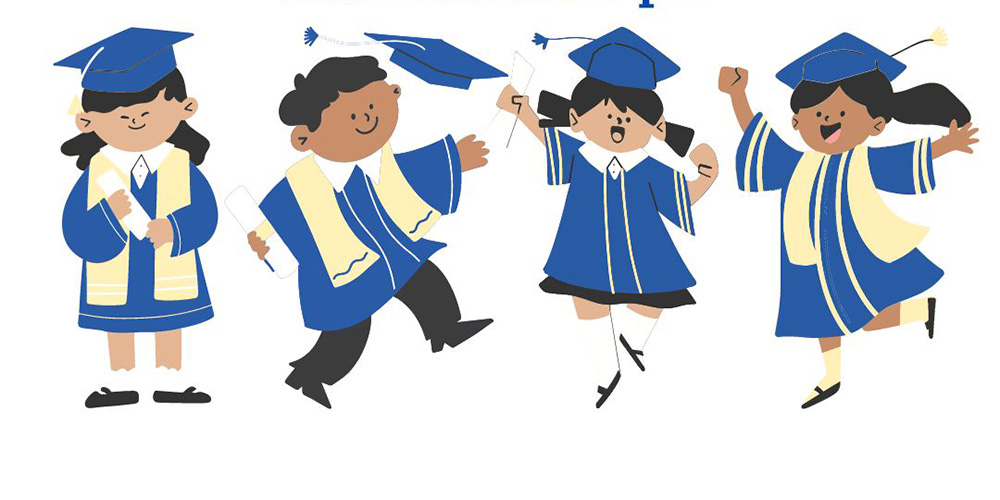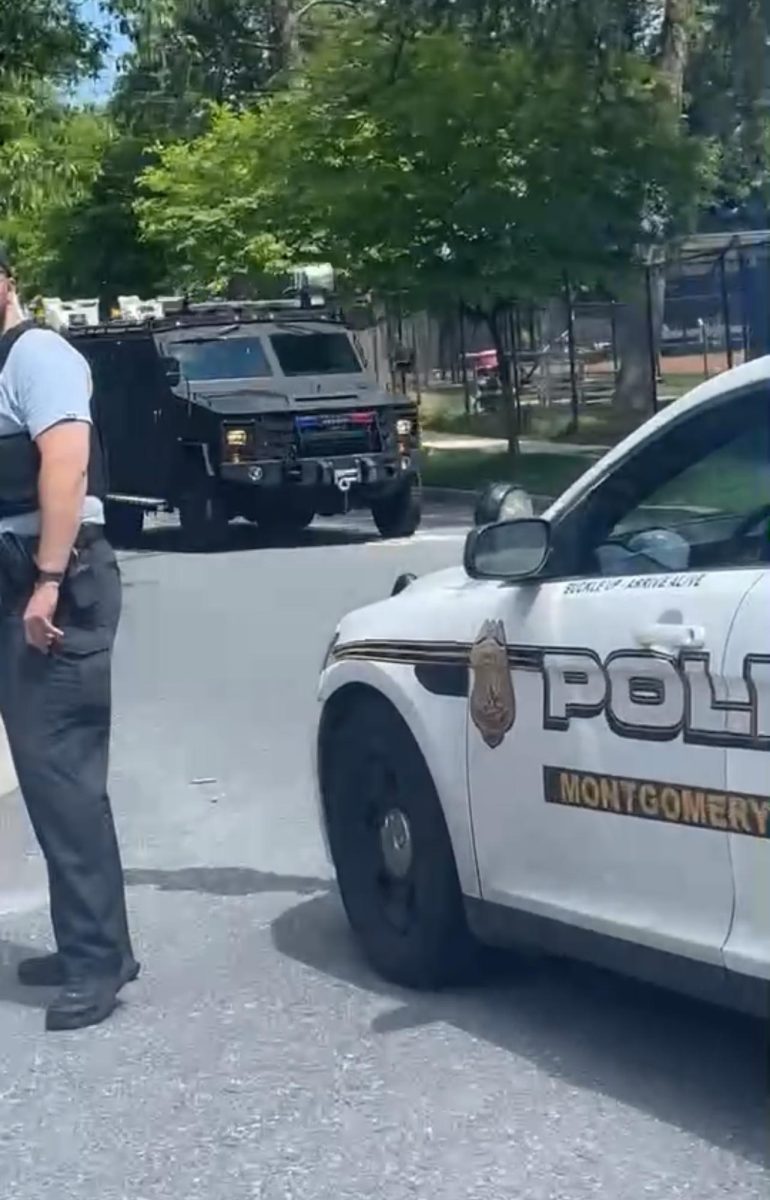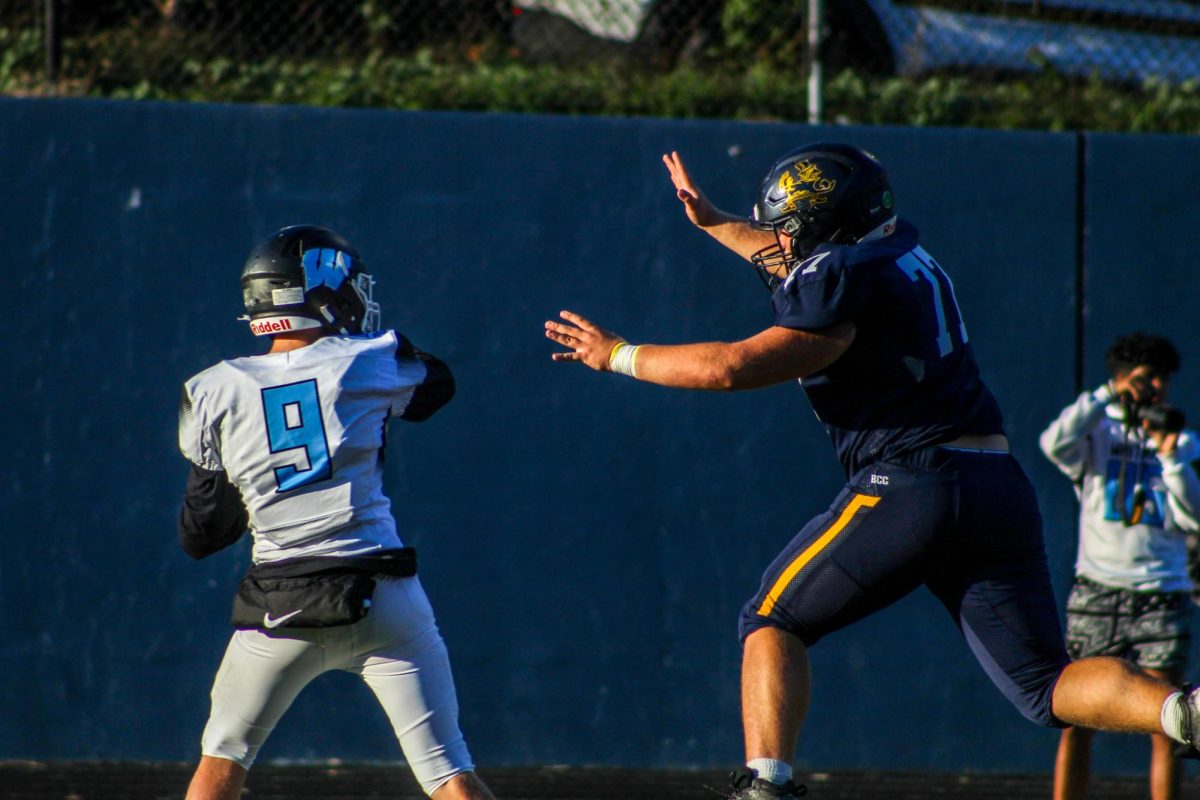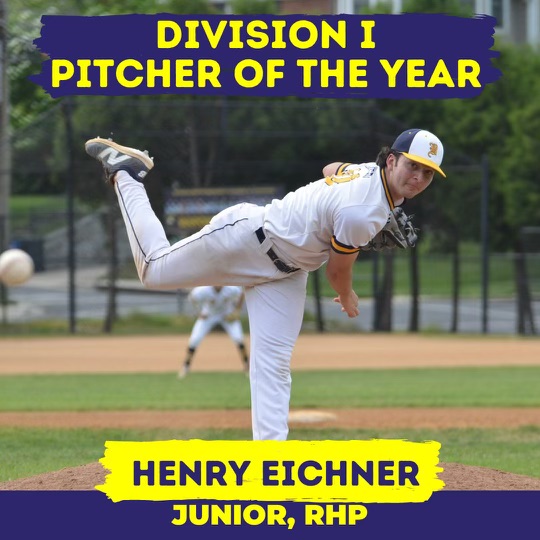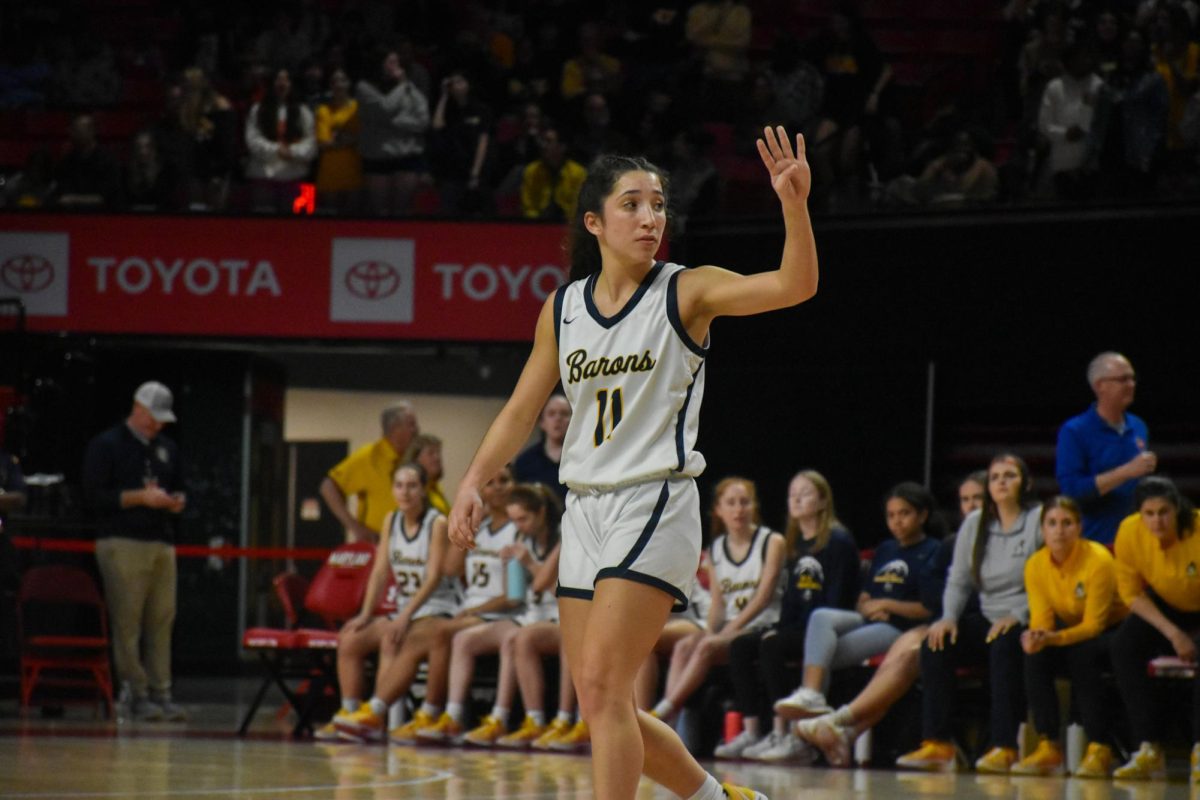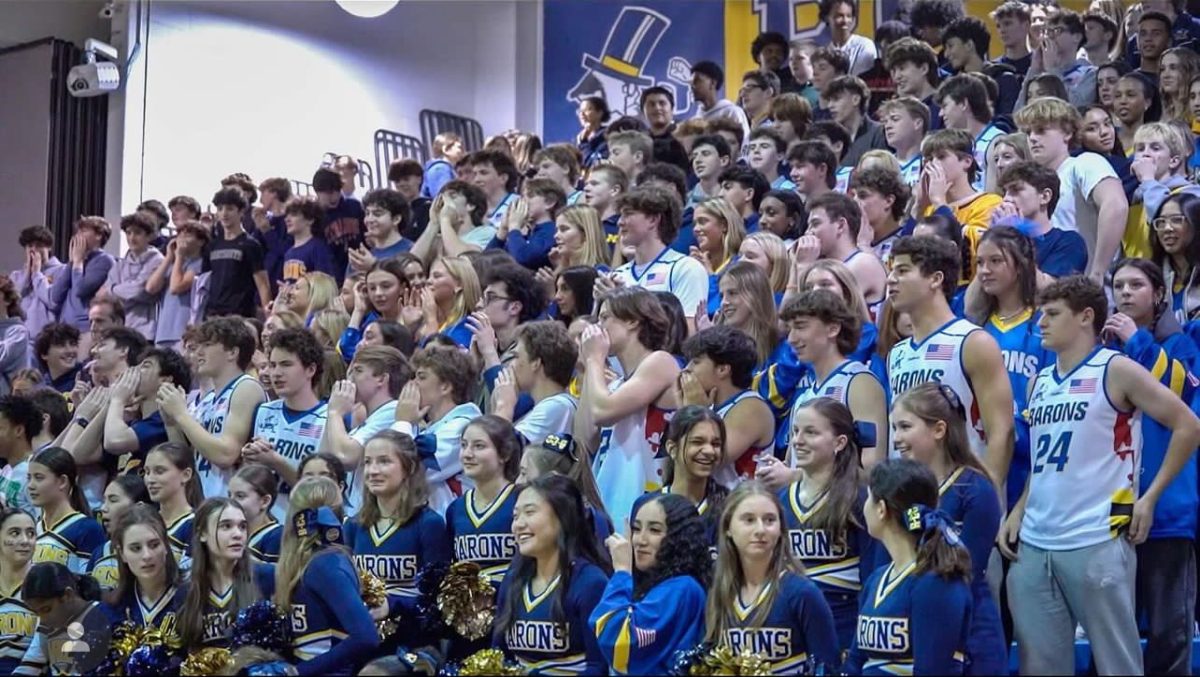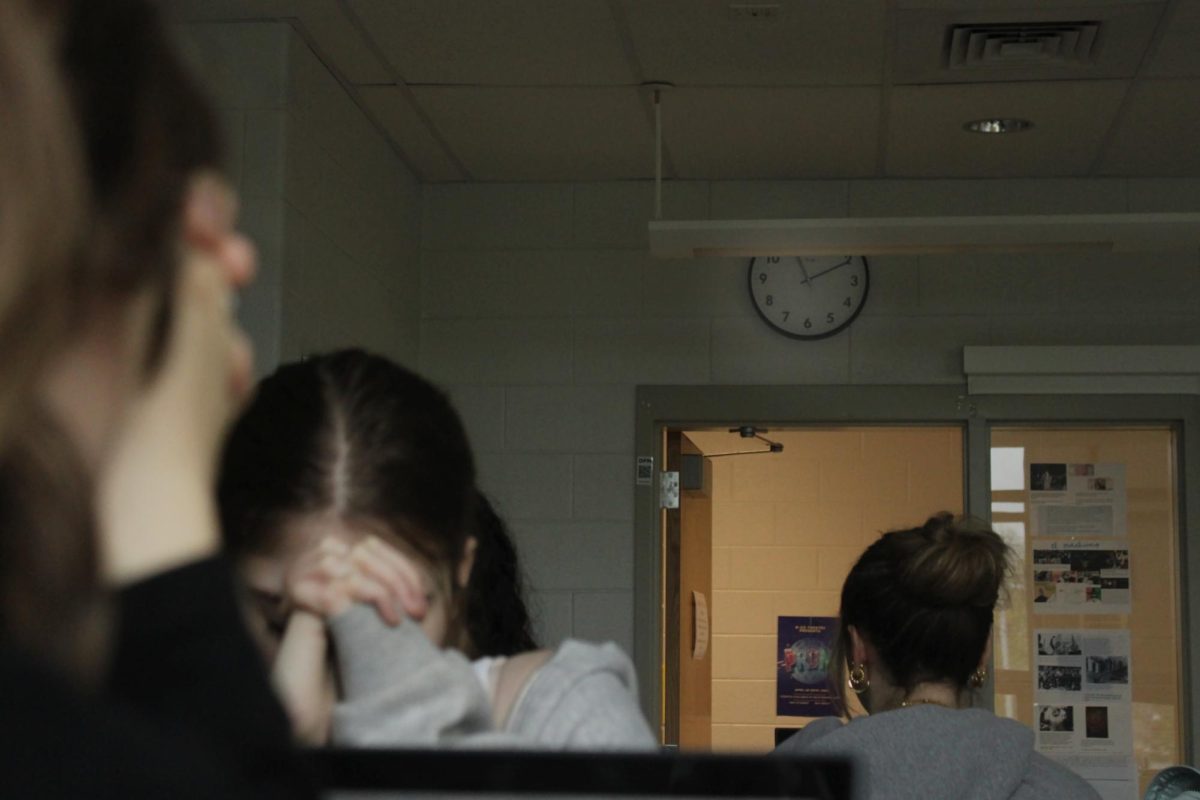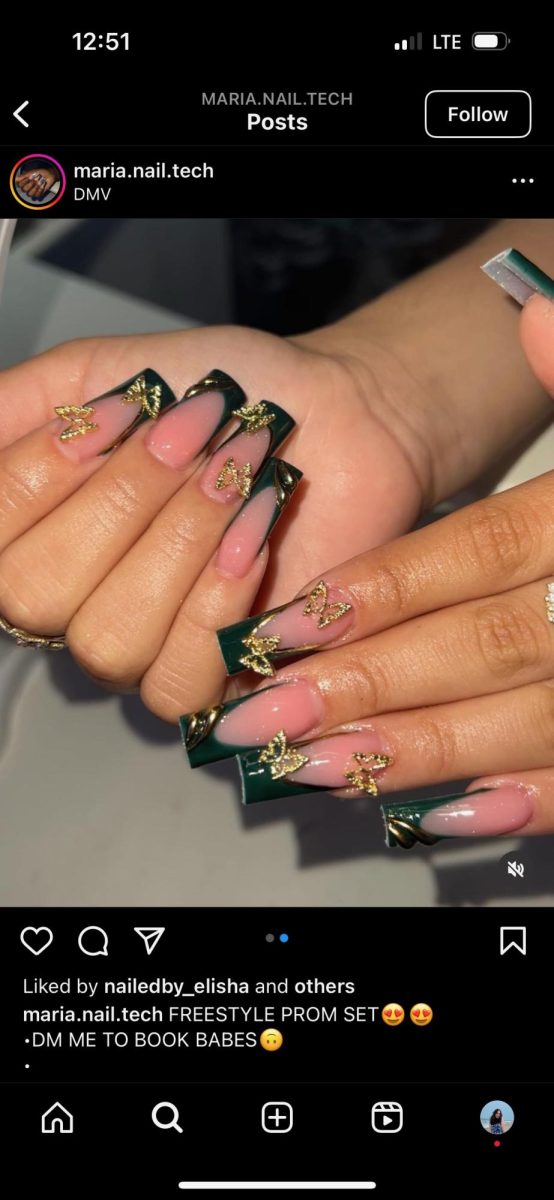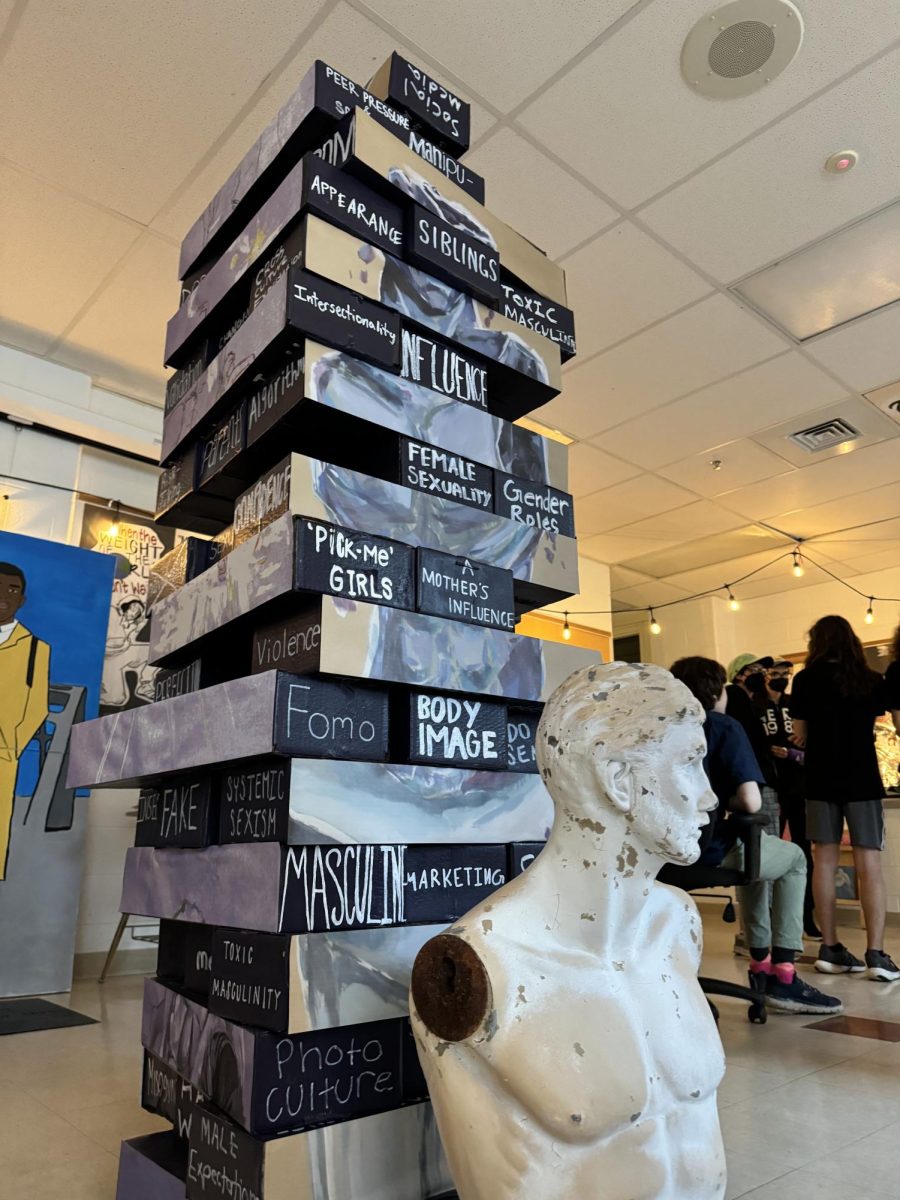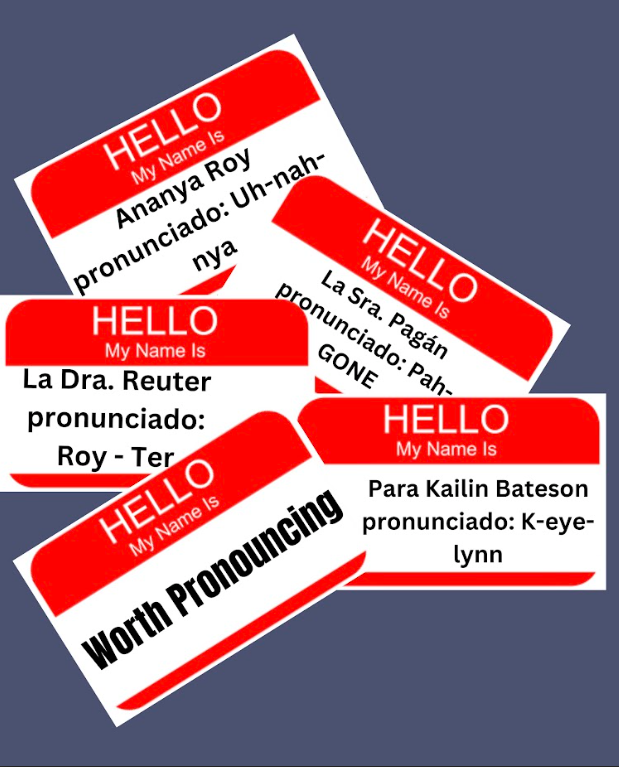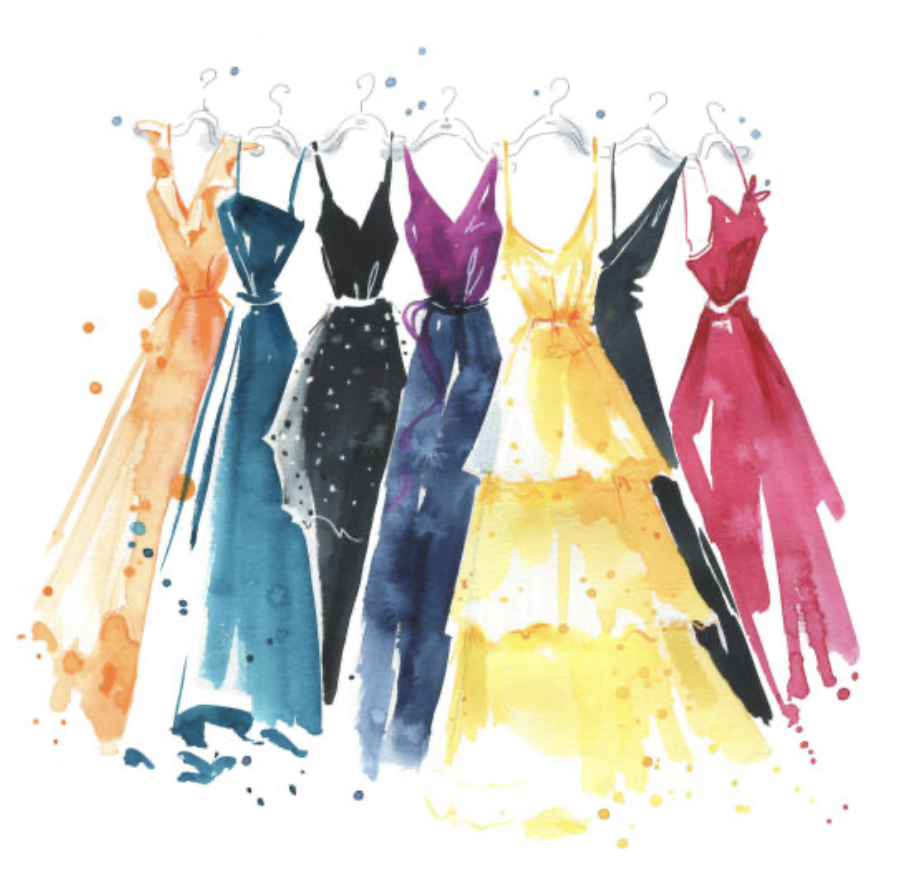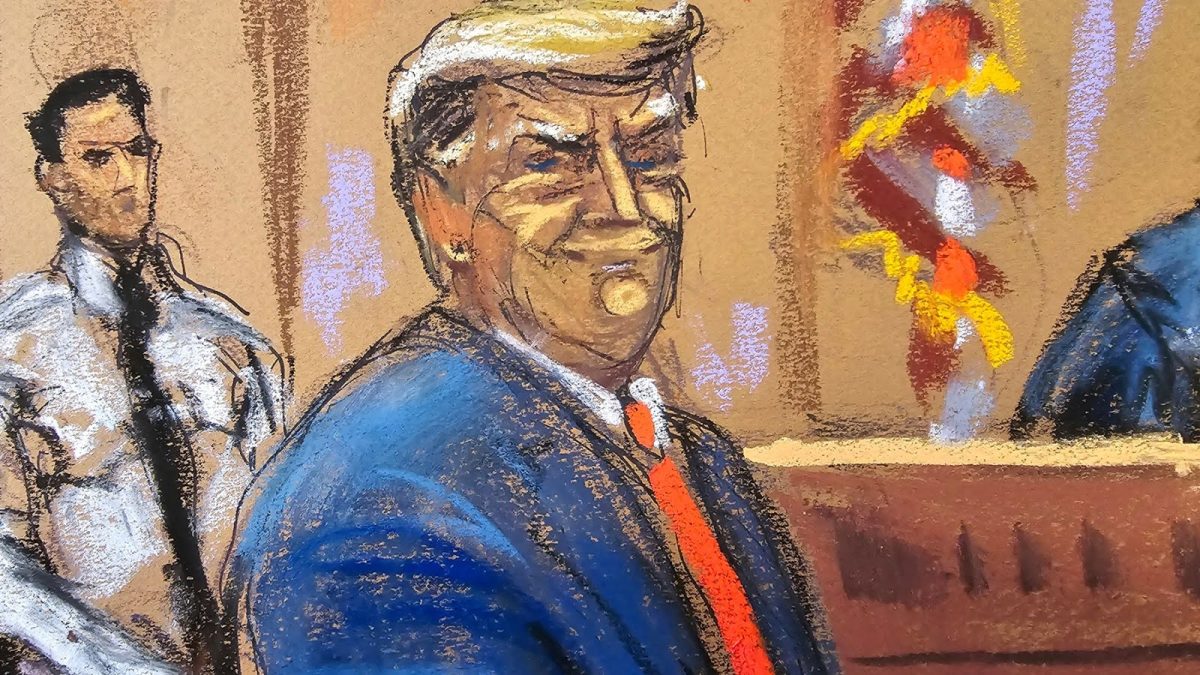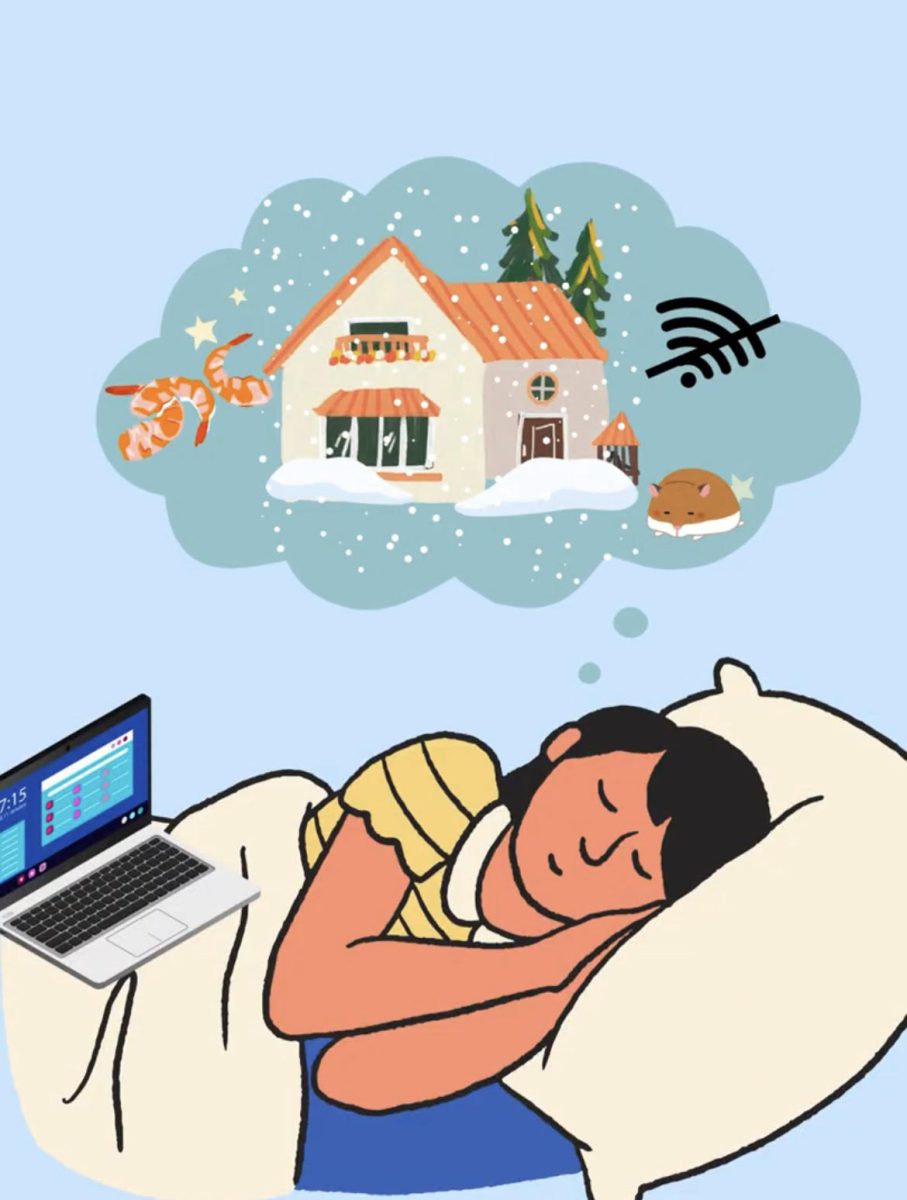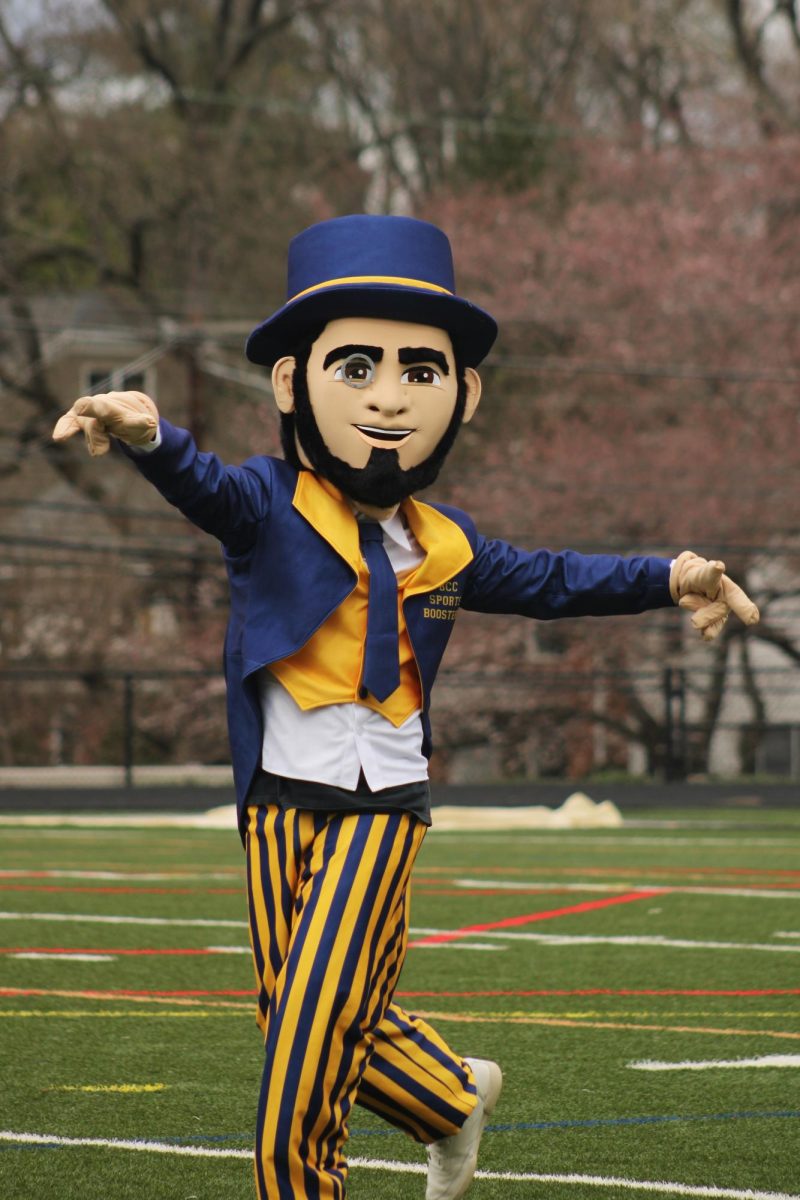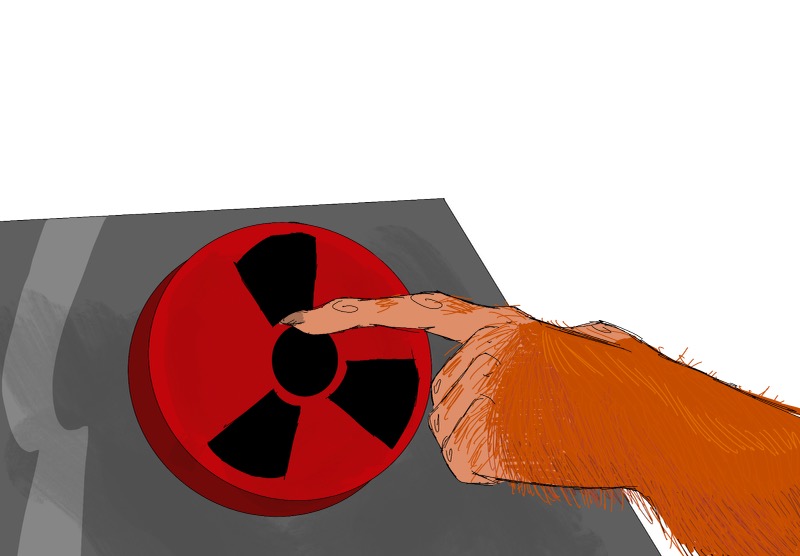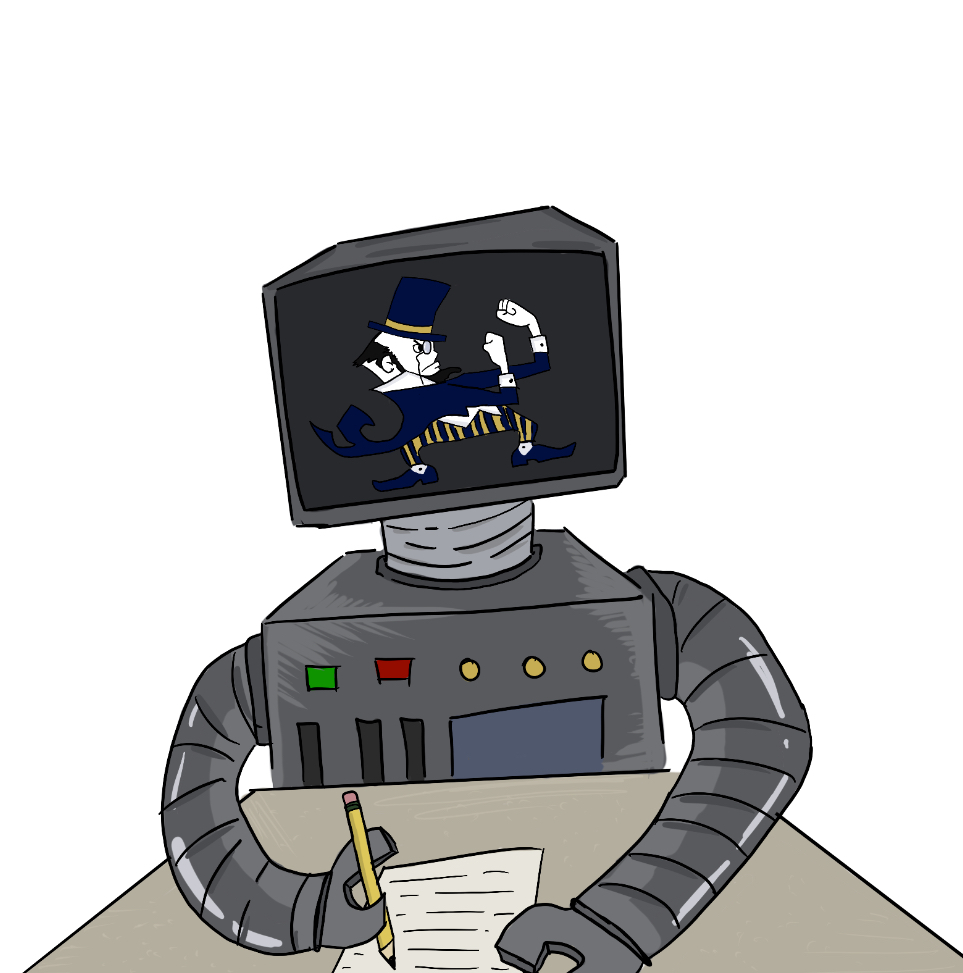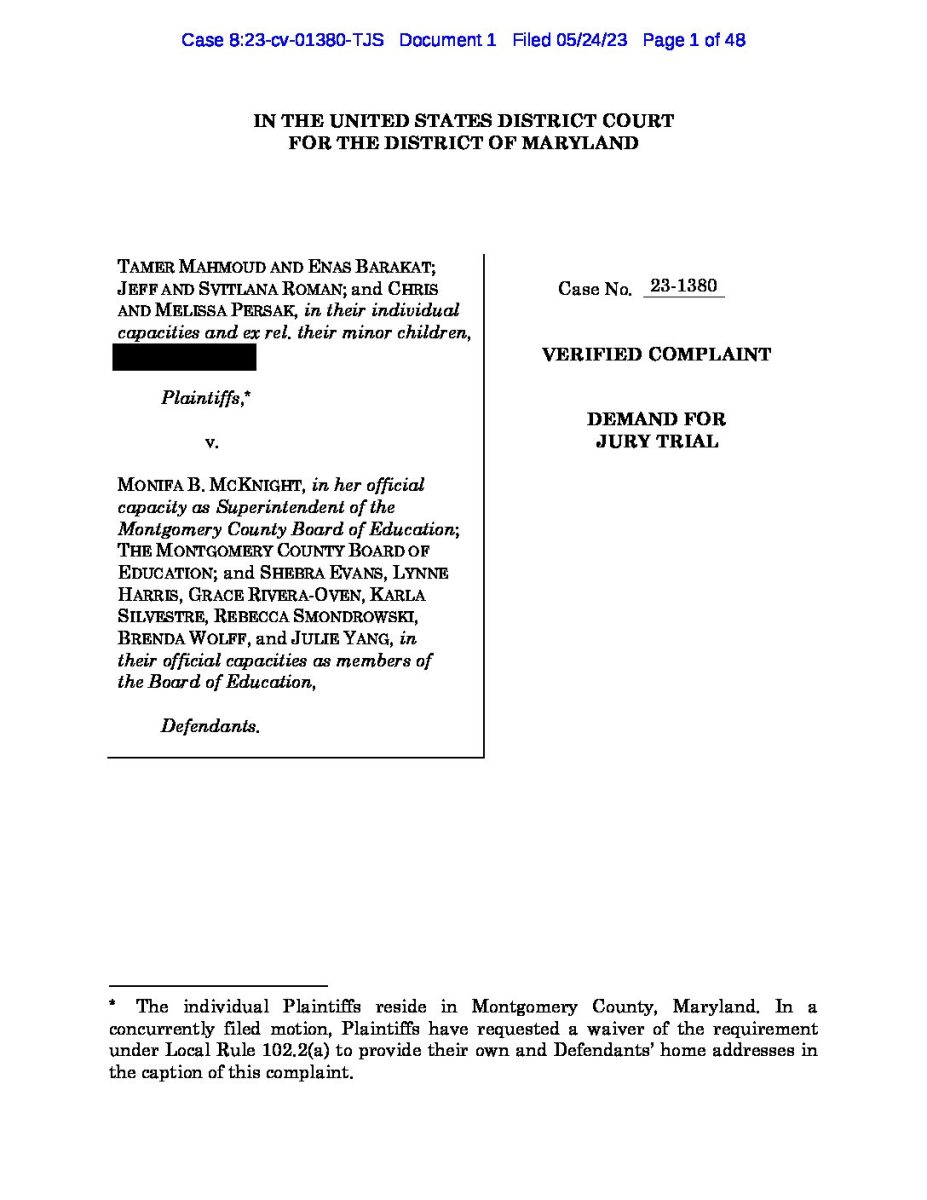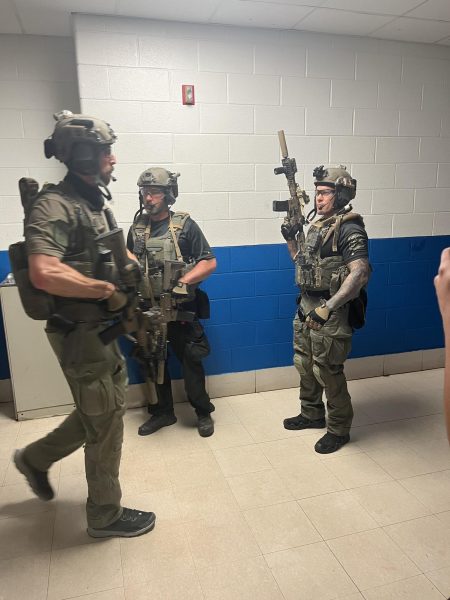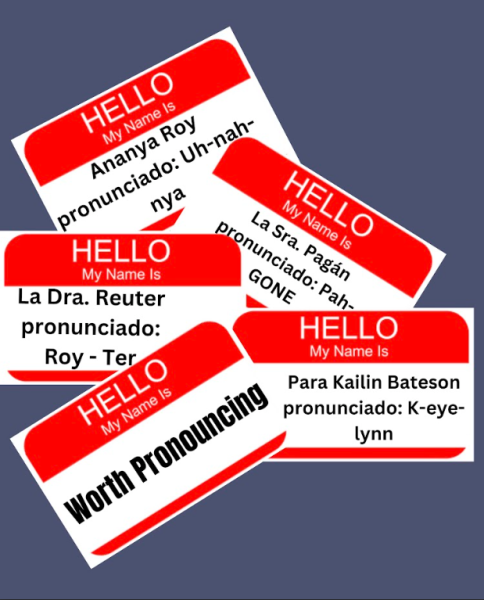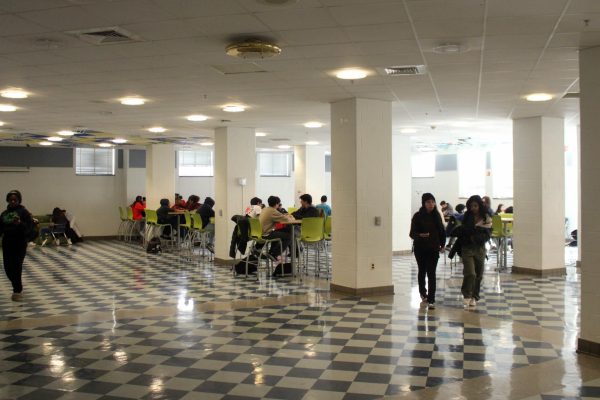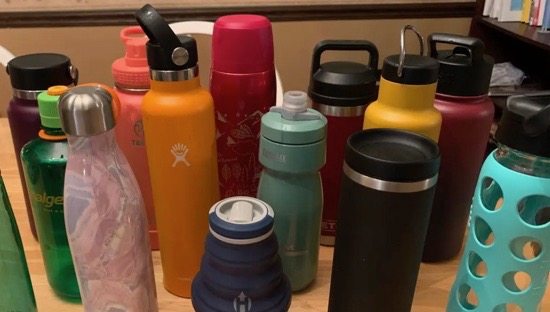Quick, Get Your Phone Out!
A look into Generation Z’s impulse to record anything and everything.
March 30, 2023
You hear yelling behind you. Turning around, two people are grappling in a violent fistfight. You don’t call for help, or try to break it up, instead, you whip out your phone and record it. While there isn’t anything fundamentally wrong with recording something or someone, the concept of individual liberty is no longer valid when a recording violates others’ privacy. This circulation of media is ever present in Generation Z and is seen at B-CC in multiple instances.
Two months ago, two B-CC students were found unconscious in a school bathroom (more on this incident can be found here). Minutes after the incident was first reported, an image of the students in the bathroom was taken by peers without their permission. In a matter of seconds, this photo rapidly spread through the student body. When asked about this incident specifically, junior Cassidy Carroll said, “Everyone is always in everyone else’s business and, frankly, it’s scary.” Everyone is always in everyone else’s business and, frankly, it’s scary. — Cassidy Carroll
Similarly, when fights break out at school, people crowd the altercation with their phones out, trying to be the first ones to take a video and put it on their private story or send it to a group chat. “Videos of these fights spread like wildfire; everyone wants to see them,” said junior Theo Yonly, adding, “I mean my first reaction to hearing about a fight is always to ask to see it.”
Even without knowing who the people in the video are, high school students are enthralled by recorded acts of violence, always yearning for new videos and different angles. During last year’s homecoming football game, a fight broke out and was recorded by a plethora of students – the video rapidly spread around the school. Despite the rumors being spread about the thought-to-be B-CC students in the fight, neither of them attended B-CC. From this lack of accurate context sprung a whirlwind of misinformation.
Whether it be media conglomerates like Barstool Sports with a combined 18.6 million followers on Instagram and Twitter, or smaller individual social media accounts (ex. @Daquan, @Hoodclips), Generation Z can’t seem to consume enough videos of people embarrassing themselves or others, seldom with explicit permission from the person being filmed.
However, for many B-CC students, this isn’t always an issue, “If I take a picture of my friend doing something embarrassing and send it to a group chat of my 6 close friends he’s not going to care, but if I circulate that to anyone else it would violate his privacy,” said junior Diego Niiler. Furthermore, junior Seth Weaver says, “It always depends on the context, but usually recording someone in school is violating their privacy.” If I take a picture of my friend doing something embarrassing and send it to a group chat of my 6 close friends he’s not going to care, but if I circulate that to anyone else it would violate his privacy, — Diego Niiler
This phenomenon is present in other social settings, too, whether it be music, comedy, or athletics. The priority of many who attend live entertainment venues isn’t completely to enjoy and appreciate the performance, but to document the fact that they were present for the event. “People take videos and pictures to have physical memories of their awesome experiences, but this tends to take away from the overall experience of the concert due to all of the screens visible in the audience,” said junior Kiyan Jacobs.
These fifteen seconds of fame from a viral video clip might incentivize us to stay on our phones and record in case something interesting happens. This infatuation has turned the light-hearted, humorful question ‘If you didn’t take a picture, did it really happen?’ into a new reality, reigning truth in the eyes of today’s youth.


